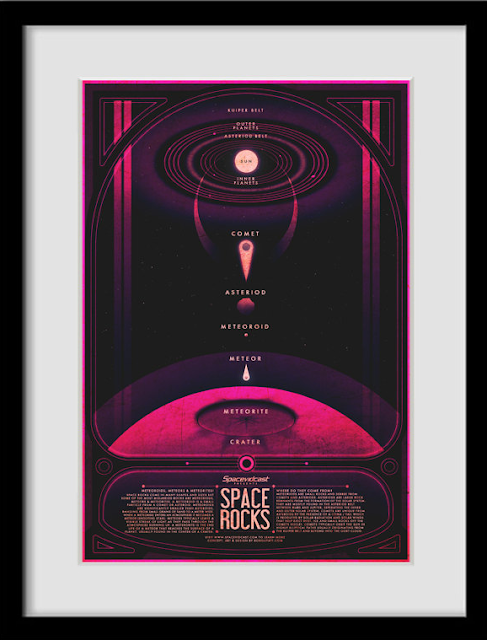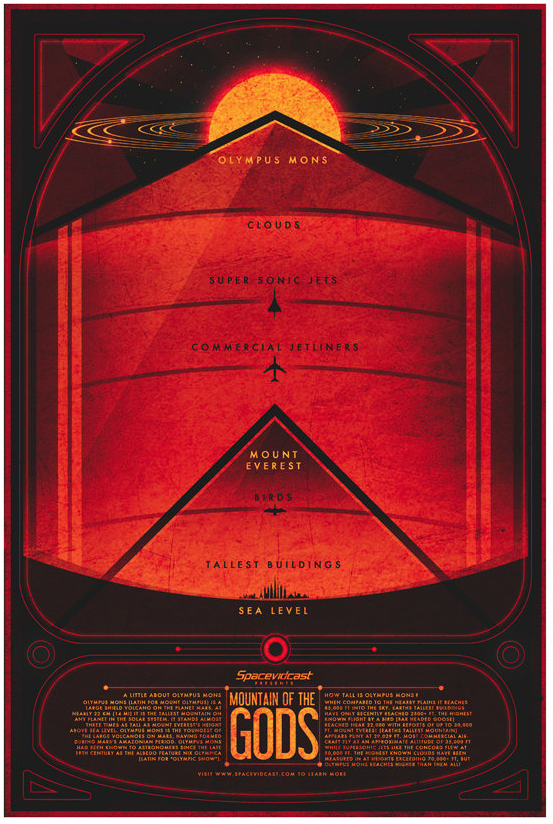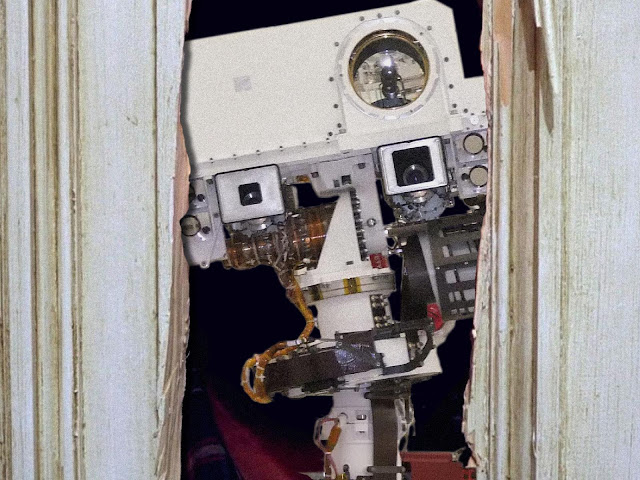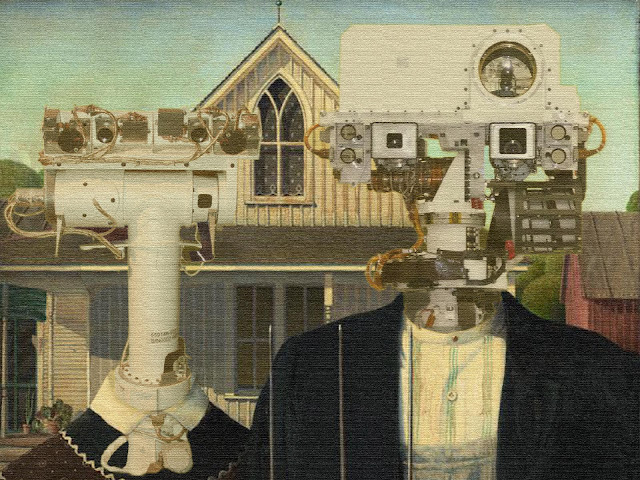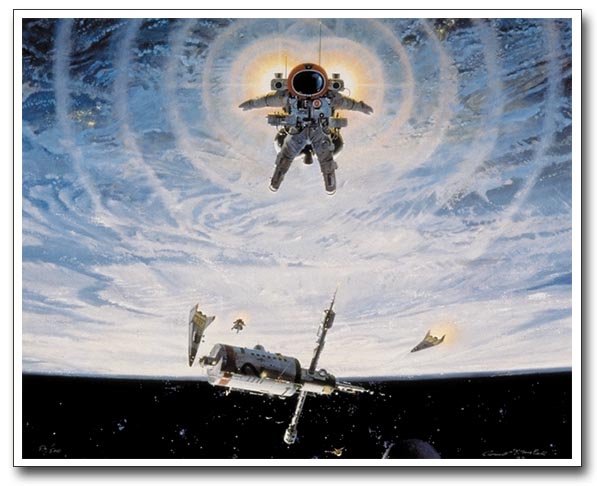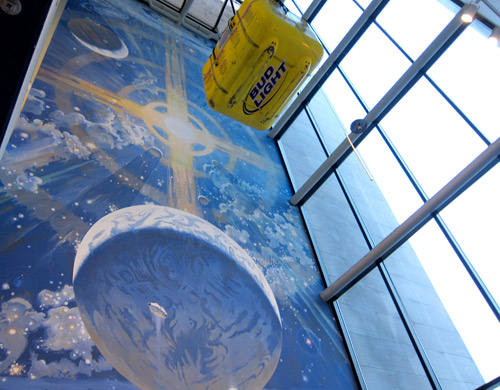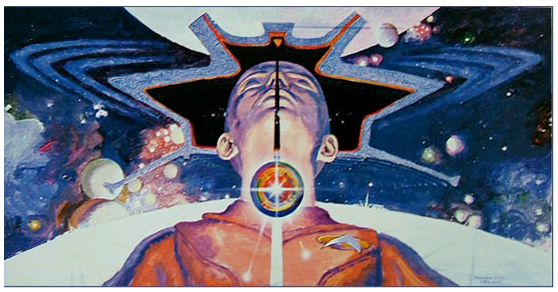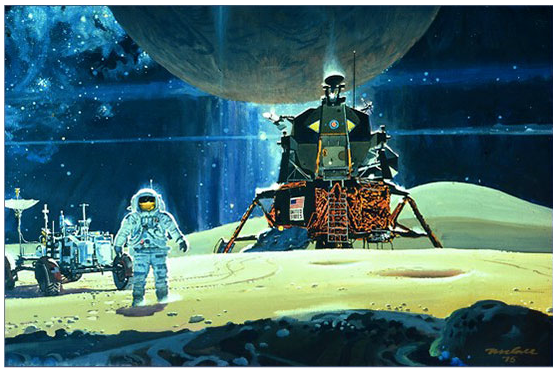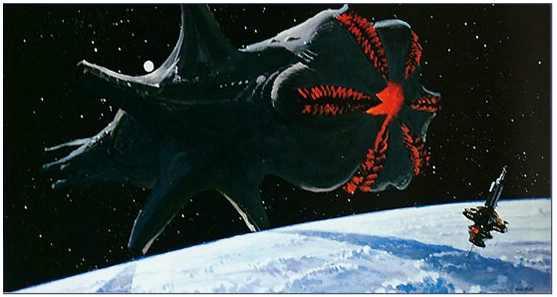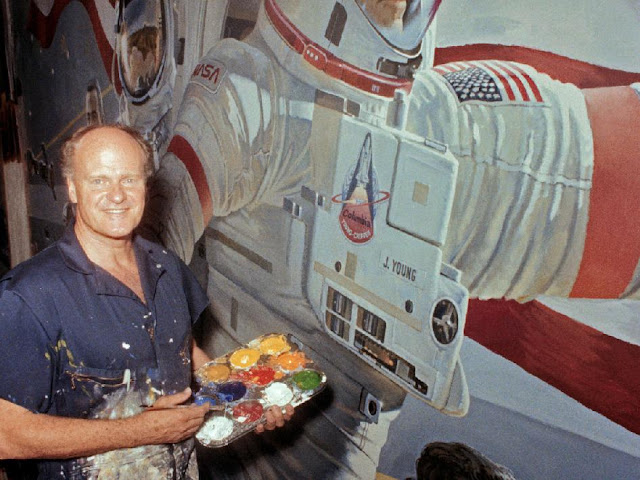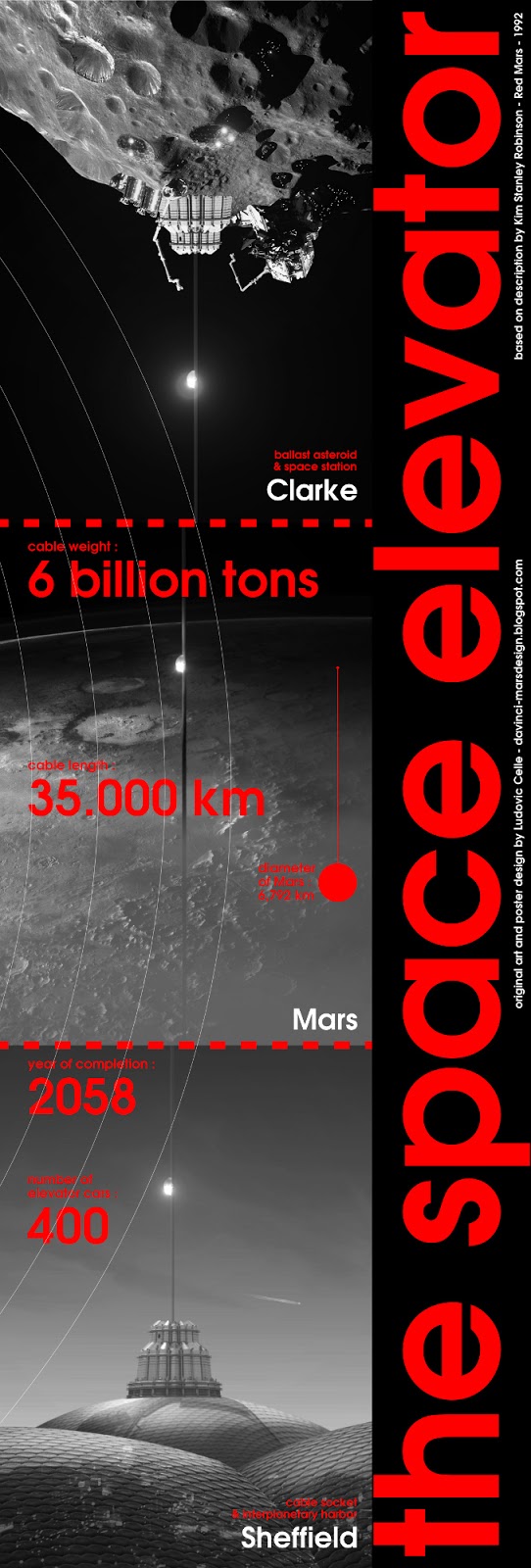Category Archives: Posters
Ron Guyatt "Mountain of the Gods" (Spacevidcast Commission)
"Mars Curiosity Fan Art" (Glen Nagle, Michael Kountouris, Jeff Parker, Dan Brennan)
Funkart "Astronaut Space travel Cosmonauts gifts Poster"
Great Work by Cody Edwards: Mars Society Conference Poster 2013
Mars Society Press Release:
After reviewing more than a dozen submissions, the Mars Society’s contest committee is pleased to announce that the winner of the 2013 Mars Society Poster Contest is Cody Edwards of North Carolina.
“We were very pleased with Cody’s creativity, including the incorporation of a magnifying glass, representing the ongoing search for life on Mars, into the design of his poster,” said Michael Stoltz, Director of Media & Public Relations for the Mars Society.
The Mars Society would also like to recognize four of the participating designers for special honorable mention – Ludovic Celle of France, the Dallas Mars Society chapter, Mark Eberhardt of New York and Katarina Eriksson of Sweden.
In addition, the organization wishes to express its appreciation to all the other digital artists who submitted posters to the annual contest.”
To view a PDF version of the poster, please click here.
Robert McCall, Artist of the Space Age
“I think when we finally are living in space, as people will be doing soon, we’ll recognize a whole
new freedom and ease of life,” McCall was quoted as saying. “These space habitats will be more
beautiful because we will plan and condition that beauty to suit our needs. I see a future that is
very bright.
I am living in the future I dreamed about when I was a young boy, and for me it is just as bright
and wonderful as I imagined it would be. Many of the paintings in this exhibition are my current
graphic thoughts about tomorrow.
One of the joys of being an artists is the freedom to create one’s own world, and through the
use of brushes and paints, to explore that world and participate in adventures of the mind that
the real world would not possibly provide. Like the real world, these excursions of the
imagination are fraught with inaccuracies of perception — it is rare that one glimpses through
the veil of time even a hint of tomorrow’s reality nor does it seem important to me, whether
one’s perceptions are right or wrong — the pleasure is in making the predictions and
doing the work.
Today we live in a world filled with awesome possibilities, both good and bad. The rush of
technology is so rapid, to stay abreast of it has become more and more difficult. Our
understanding of the physical universe continues to grow and astonish us with its
marvelous complexity.
To be an artist in these times of explosive change is, for me, a privilege and a challenge. My goal
is to document in my drawings and paintings a small part of this changing world and to
anticipate in my work, the future that lies ahead.”
NASA’s artist-in-residence program has drawn the likes of Annie Leibovitz, Norman Rockwell and
Laurie Anderson. But if the agency had a favorite, it was the painter Robert McCall. Once
described by author Isaac Asimov as the “nearest thing to an artist in residence from outer
space,” McCall’s glorious sci-fi paintings first attracted the public’s attention in the 1960s on the
pages of LIFE, illustrating the magazine’s series on the future of space travel. Stanley Kubrick
asked McCall to paint what would become his most well-known work: “Orion Leaving Space
Station,” which shows a space vehicle darting from the lit bay of a wheel-shaped space station,
featured on the posters for the film “2001: A Space Odyssey.”
And then his opus: the six-story “The Space Mural – A Cosmic View,” greeting visitors to the
National Air and Space Museum in Washington, DC. Painted over the course of eight months in
1976, McCall’s depiction of the creation of the universe leading to astronauts walking on the
Moon is seen by an estimated ten million persons each year.
His bright, positive, optimistic work captures “an impulse to take what’s possible and imagine
what could be and what if. Between the subtlety and realism of his paintings and their more
fanciful imaginations, he was drawing colorful maps for the future of science and
space exploration.”
Angels and Airwaves Posters, Blink-182, Tom Delonge
Ludovic Celle’s Mars Space Elevator Concepts and Triptych
temperature is below -120°C. Up there on the horizon, slowly appearing is the shining tent of
Sheffield, the famous liftport of the space elevator. The elevator’s cable stands straight and
disappears among the stars. This all makes you feel you already are in orbit…
with hundreds of passengers for the cable, will be a huge contrast to the lonely and silent
ascent you just accomplished in the dark and red night. Altitude 14 km, where starts the space
elevator that will take you right in space in a few hours.
remain a tented city.”
rover, making the very very long ascent of Olympus Mons and going so high that it feels like in
space. This photo-montage here is a kind of transcription of this scene on Pavonis Mons.”
Robinson tells the setting of an asteroid in high martian orbit, as a necessary mass keeping the
space elevator cable straight. This asteroid, Clarke, is named after science fiction writer Arthur
C. Clarke, who described the space elevator concept in one of his novels. (learn more here) KSR
imagines that the cable is made directly from Clarke, with the asteroid’s material, mined and
turned in carbon nanotubes, made in space! This photomanipulation works with the one below
showing Sheffield, the town where the cable rises from the surface of Mars. KSR describes the
cable as being 35.000 km long and 10m thick. More than just a useful mass for the cable’s
balance, Clarke is a base in itself, a spaceport full of docks, living and working areas for the
people involved in space travel, space cargos as well as a spacious station for travelers of all
kinds. What we don’t see in the picture are the spaceships waiting for passengers leaving Mars
or bringing new ones to Mars.”
very close to the surface and very very far to the mid-distance of the cable, still
thousands kilometers away…”
“Sheffield”, built on the summit of Pavonis Mons volcano (see Red Mars). The cable is supposed
to be 10m thick, which means here than Sheffield city is very big here, at a large level of
development. On the foreground, you can see coloured urban lights. I imagine the main entry
to the planet’s surface would like to be a rich and welcoming show for new settlers. I also
imagine the tent’ skin would be blue, to balance the so red and grey landscape.”


